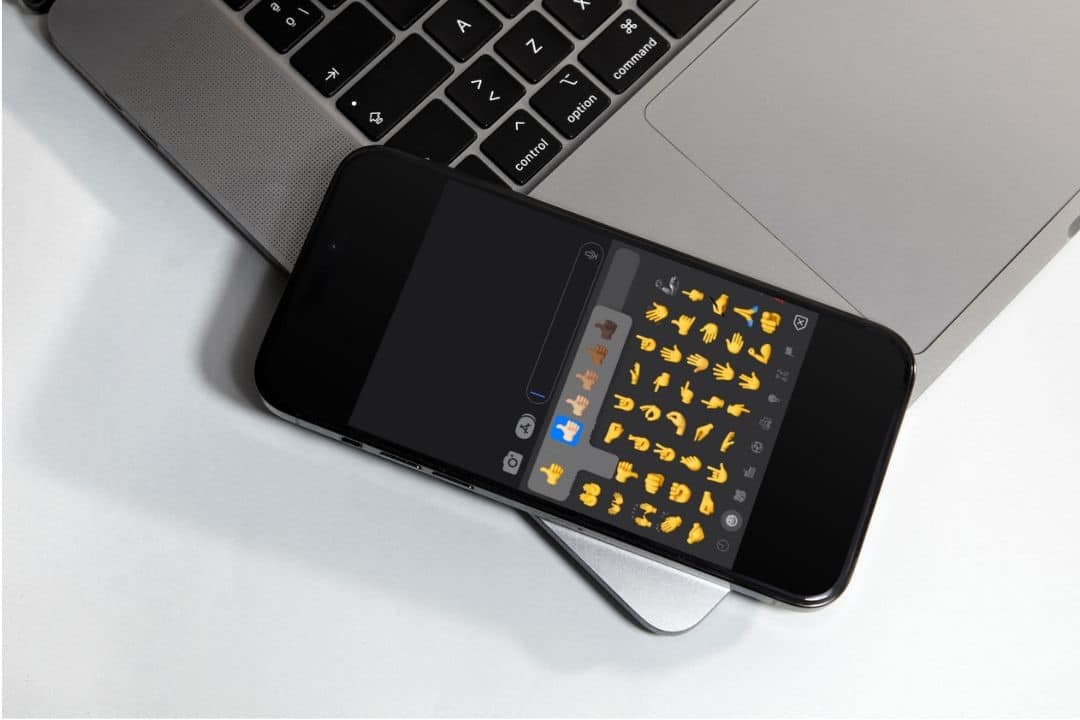Written by:John Greenhalgh
In the ever-evolving landscape of digital communication, new challenges and opportunities arise, including the recognition of unconventional symbols like emojis as valid forms of acceptance in contracts.
What is contract law?
Contract law is a legal framework that governs the formation, interpretation, and enforcement of contracts. It provides rules and guidelines for parties to create agreements that are legally binding and enforceable. Contracts are usually in writing and each of the parties sign it, to confirm their acceptance of its terms.
Using a Thumbs Up emoji:
According to a Canadian judge, sending a thumbs-up emoji can now be viewed as consenting to a contract that is enforceable in court.
The use of the thumbs-up emoji was crucial in a dispute involving Saskatchewan farmer Chris Achter and a 2021 agreement to sell 87 metric tonnes of flax to grain buyer Kent Mickleborough. According to court records, Mickleborough signed the agreement and texted Achter a picture of it with the message “Please confirm flax contract.” A thumbs-up emoji was Achter’s reply. The grain buyer launched a lawsuit after Achter failed to deliver the flax to Mickleborough, claiming that he mistakenly believed Achter’s thumbs-up emoji to be a confirmation of the contract.
Why is everyone talking over this emoji dispute?
What is it about this particular case that’s got everyone talking? How can it be relevant to us?
The “thumbs-up” emoji has been deemed to be equally legitimate as a signature by a Canadian judge, as he ordered a farmer to pay $61,442 for breach of contract. He claims that in light of the major developments in technology that have occurred over the previous five to ten years, courts must adapt to the “new reality” of how people interact. Influencing both how law is applied and developed and how we conduct our daily lives.
It is important for legal professionals such as ourselves, to be up to date with the latest news and evolving technology as it continues to impact the way law is carried out and allows communication between clients to improve.

To determine whether an emoji, such as the thumbs up emoji, can be considered a valid form of acceptance in a contract, several factors need to be considered:
- Intent: The parties involved must demonstrate a clear intent to use the emoji as a means of acceptance. If it can be established that both parties understood and intended the thumbs up emoji to signify acceptance, it could potentially be considered a valid form of communication.
- Context: The context in which the emoji is used is crucial. The meaning and intention behind an emoji can vary depending on the overall context of the conversation or agreement. It’s important to consider the surrounding messages and circumstances to understand the intended meaning of the thumbs up emoji.
- Interpretation: Courts would need to determine how emojis should be interpreted in the context of contractual agreements. They might look at common understanding, dictionaries, or expert testimony to establish the generally accepted meaning of the thumbs up emoji.
Given the relatively new and evolving nature of emoji usage in contractual agreements, it is advisable to consult with a legal professional familiar with contract law in your jurisdiction to obtain specific guidance and ensure the validity and enforceability of any contractual agreement. This case shows how easy it is to opt into a contract, it’s important that you know your obligations when entering into a contractual agreement and if you are unsure about where you stand in the law, contact us for legal advice today.
Contact our Litigation Lawyers for more information regarding contract laws. It’s always better to check what you’re opting into and if you require any legal advice prior to entering into a contract, get in touch with our experienced legal team at Greenhalgh Pickard.
Disclaimer:
The information contained in this article is for general informational purposes only and is not intended to provide legal advice or substitute for the advice of a professional. This information does not consider your personal circumstances and may not reflect the most current legal developments. Should you need advice, please contact our firm for targeted information relating to personal your situation.






